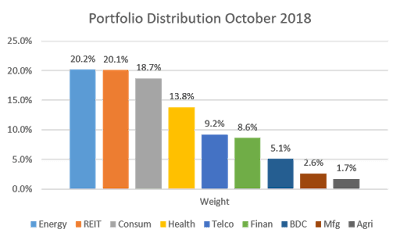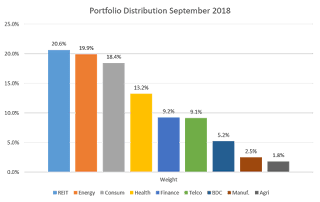 |
| Wisdom! |
Growth is good.
Compound growth is better. A related post outlines the difference between
average annual growth and compound annual growth. In this piece, I wanted
to explore the benefits of compound growth in more depth.
One important
characteristic of compound growth investors often find difficult to wrap their
heads around is that compounding isn’t a straight line path to a wonderful
stream of cash. The greatest effects of compounding don’t happen right
away, but at some point in the future. The growth rate of a compounding
investment accelerates over time producing a curvilinear path rather than a
straight line. This curve appears somewhat exponential, but isn’t
exactly.
While this type of
curve produces solid results, it requires patience to stay the course until
reaching the inflection point on the growth curve; the point at which
compounding really begins to take off. Unfortunately, many investors
don’t stick with it until that acceleration point is reached, bailing out
before harvesting the true gains they might have otherwise.
Here is an example of
what I mean.
In this example, an
investor started with $1,000. She put her money into a dividend
stock having a distinguished history paying 8% annually, letting dividends
automatically reinvest each year.
You’ll notice that at
the end of Year 1 she received $80 in dividends so we’ll call that 1x. In
Year 10 she received $160 dollars which was twice what she received in Year 1
so we’ll call that point 2x. In Year 15 she received $234 which is nearly
three times her Year 1 dividends in which case we’ll call that data point 3x.
Year 19 saw our investor receive $320 which is four times her Year 1
dividends so we’ll refer to that point as 4x.
Since you get the
drift, I won’t use more words, but instead post a chart.
Dividend
Multiples
|
Years
|
1x
|
1
|
2x
|
9
|
3x
|
15
|
4x
|
19
|
5x
|
22
|
6x
|
24
|
7x
|
26
|
8x
|
28
|
9x
|
30
|
You’ll notice it took
our investor 8 years to double her year 1 dividends, 6 more years to triple
those divs, 4 additional years to quadruple them, and three years to reach
5x. After that, she added another multiple to her original payment every
2 years.
In the first 15 years
her dividend stream compounded to triple her year 1 total. In the second
15 year period, she saw the effects of compounding take off with her annual
dividend multiple reaching 9 times hear year 1 dividend payment.
This is what I mean
about the powerful effect of compound growth not occurring out of the gate but
somewhere down the track. Consequently, it’s important for investors to
stay the course.
It’s important to
begin investing early and letting compound growth work for you for this
reason. If you’re a young investor or you have small children who’ll need
college money in 15 to 20 years, you can do yourself a favor by putting money
away early, even if it’s not a large sum. Compounding can take a small
sum and turn it into something big in the end.
By the way, if you’re
wondering what the underlying principle was at various points along the way,
below is a chart in which I’ve added that data. Notice that during the
30-year period her final total is more than 10 times her original value.
Dividend
Multiples
|
Years
|
Principle
|
1x
|
1
|
$
1,080
|
2x
|
9
|
$
1,999
|
3x
|
15
|
$
3,172
|
4x
|
19
|
$
4,315
|
5x
|
22
|
$
5,436
|
6x
|
24
|
$
6,341
|
7x
|
26
|
$
7,396
|
8x
|
28
|
$
8,627
|
9x
|
30
|
$
10,062
|
Having said all that
it’s true that not all dividend stocks pay 8%, nor can you be guaranteed
they’ll pay out at that rate 3 decades into the future. It’s also true
that inflation will eat into the figures above. Although nothing in life
is guaranteed, some things are more likely to occur than others. Dividend
streams from solid, blue chip dividend companies are about as reliable as
you’ll find in the investing world. If they remain consistent and you are
patient, the math of compounding will take care of itself and you.
The thoughts and
opinions expressed here are those of the author, who is not a financial
professional. Opinions expressed here should not be considered investment
advice. They are presented for discussion and entertainment purposes
only. For specific investment advice or assistance, please contact a
registered investment advisor, licensed broker, or other financial
professional.






